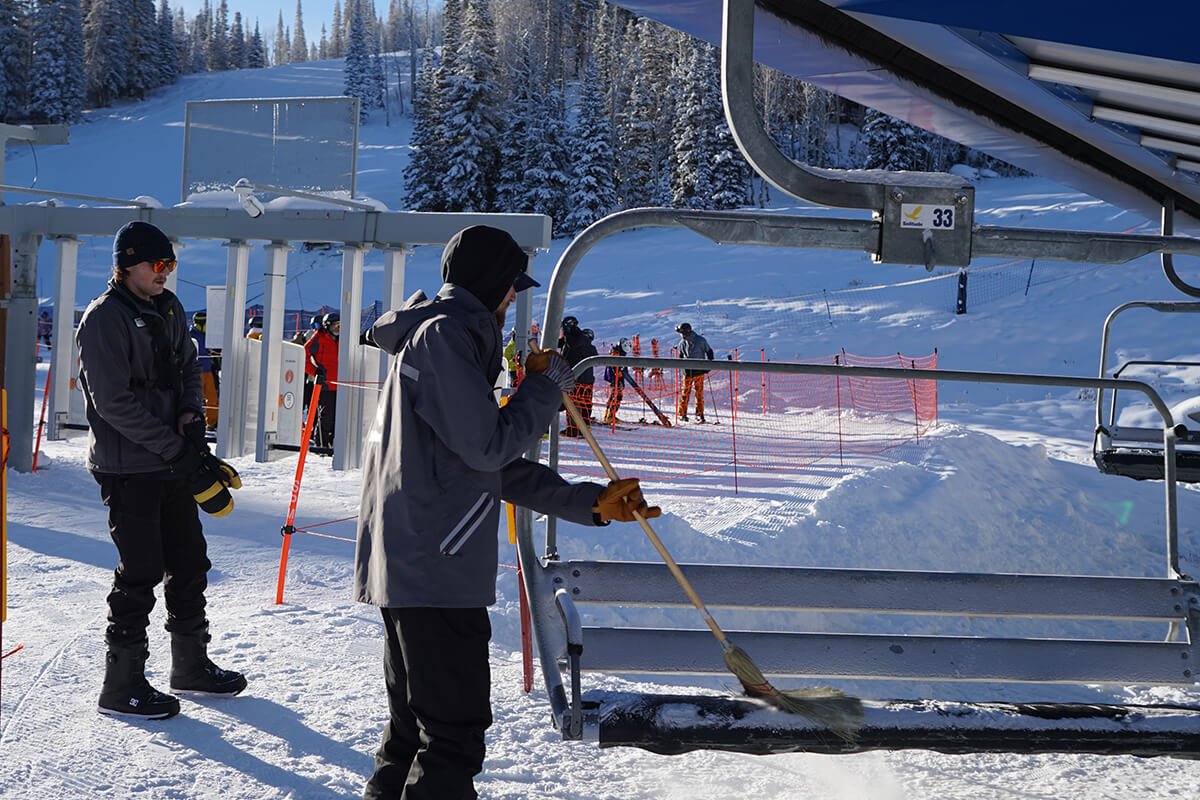Happy New Year. We hope 2025 finds you healthy and happy, and that you are able to enjoy lots of mountain time and plenty of snow.
For Solitude, as with most Utah resorts, this has been a difficult start to the season. While many of our struggles are a result of lower than average snowfall, our guests have come to us with questions, concerns, and frustrations regarding mountain operations, open terrain, snowmaking, and grooming. We appreciate the engagement, and we are utilizing this post to shed light on operational decisions while tamping down rumors.
“Are the lifts operating properly?“
Yes, they are. We are aware there is some concern that our chairlifts are not fully operational. Rest assured, our chairlifts are operating as they should and our lift operations team is at full staff. As soon as we establish a safe and adequate snow depth, all lifts will be spinning.
One caveat that can delay a lift opening is avalanche mitigation on surrounding terrain. We have been experiencing a growing frequency of skiers and snowboarders disregarding our rope lines and closures. There have been several occurrences of guests entering areas where active avalanche mitigation is occurring and ski patrol is working. As such, for the past couple of seasons, we keep a lift closed until mitigation in the surrounding area is complete. For example, at a time when conditions merit the opening of the Powderhorn lift, we will keep it closed while ski patrol mitigates the avalanche danger in Milk Run in order to prevent guests from ducking the Milk Run rope closure. Seven of our eight chairlifts provide access to terrain that is affected by avalanche mitigation, so it’s easy to understand why many openings have the potential to be delayed.
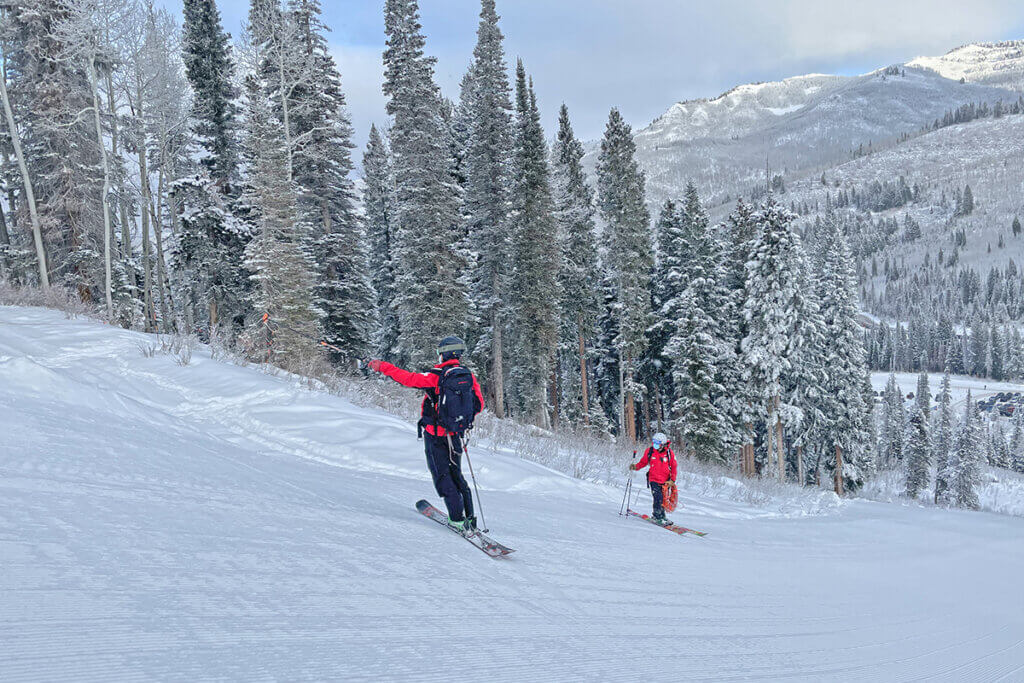
“What is the state of the snowpack?“
We take great pride in our effort to offer the longest season in Utah, which we have accomplished for two of the past three seasons. The bulk of our visits come from Ikon Pass and Solitude season pass holders, and these guests deserve to squeeze as much value from their pass as we can provide. This season, we were excited to be the first resort to open in Utah when our lifts started spinning on November 8, 2024.
Of course, we knowingly opened with marginal conditions, but remained hopeful that Mother Nature would come around soon enough. So far, our hopes this season have been trampled by reality. Some stats to be aware of:
- Snowfall from opening day until December 25 was 59% of our 20-year average (78″ vs 132″)
- Temperatures have been 4.4°F warmer than the historical average. That’s not good for snowfall or snowmaking.
- Average historic low is 17°F, this season’s average low is 21°F
- Average historic high is 24°F, this season’s average high is 28°F
- Big Cottonwood Canyon favors southwest flow storms, which typically bring warm and moist snowstorms. But, because the storms we’ve seen this season have occurred at above-average temperatures, they’ve delivered rain.
Although the season began with a prolonged drought, the recent storm cycles have improved the situation. But a thin snowpack is a fragile snowpack, and extremely hazardous avalanche conditions have developed. We now have the snow depth to open our upper elevation terrain, and as such, have deployed all available resources (including Wyssen Towers, explosives, and ski patrol) to mitigate the avalanche hazard and open that terrain as soon as possible.
“Brighton and Alta get the same snow, and they have more terrain open.”
While it may seem each of the Cottonwood Canyon resorts generally receive the same snowfall, that’s far from true. Why? It’s largely because Brighton’s base elevation is 800 feet higher than ours, and Alta’s is 600 feet higher. That can make a big difference in temperatures and snowfall. But – as we publish this post – Alta and Brighton each have 25% of their terrain closed, while Snowbird (same elevation as us) has 43% closed. The season has not started well for any of us.
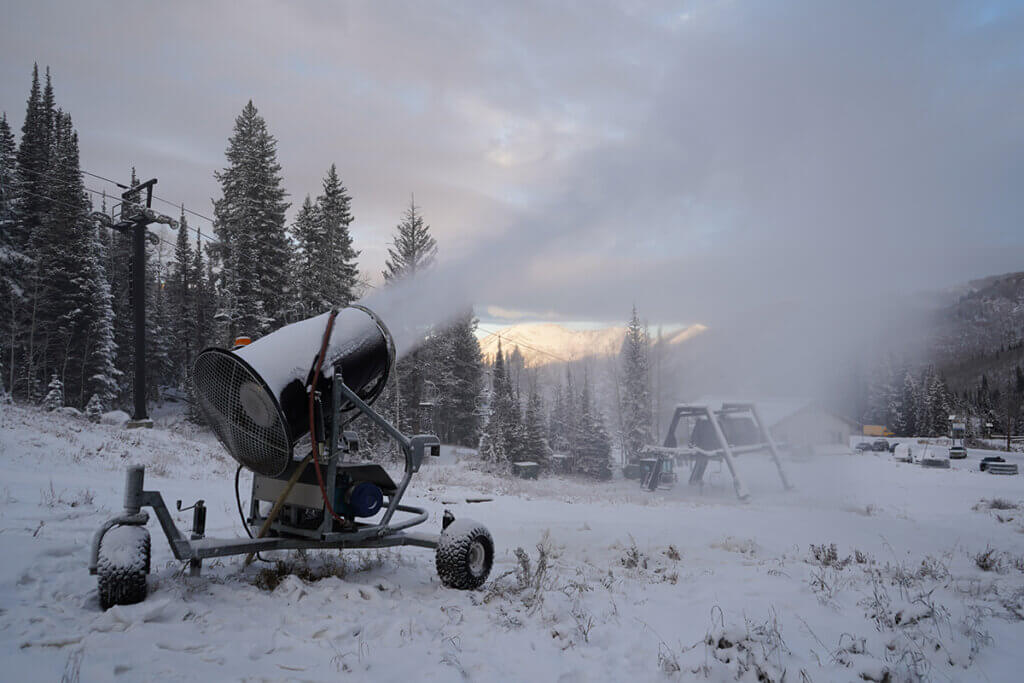
“Please make more snow, more often.“
Good, efficient snowmaking is much more than blowing air and water when it gets cold. It requires careful planning and resource management, especially with limited water (as we have). Colder temperatures, primarily driven by humidity, allow for greater efficiency. In other words, assuming a set amount of water, we can make more snow at a lower temperature than we can at a higher temp. But it’s more complicated than just the air temperature. Snowmaking crews measure the wet-bulb temperature, which is the air temp + % of humidity (34°F + 25% humidity = 25.5°F wet-bulb). If today’s wet-bulb temp is good, but it’s projected to be better tomorrow, we might postpone snowmaking until tomorrow in order to produce the most snow with the available water.
Our snowmaking infrastructure does fall short of what is present at many resorts. At the root of the problem is the fact that snowmaking was not prioritized during much of Solitude’s history. Considering Big Cottonwood Canyon is among the snowiest places in the US, that shouldn’t be a surprise. Our system is small compared to our neighbors, and is limited to the lower mountain terrain served by Link, Moonbeam, Apex, and Eagle. FYI – This also happens to be the order in which we attempt to open these lifts.
Beyond the small size of our existing system, one of our pumps is currently under repair. These pumps pull water from Big Cottonwood Creek to feed our snowmaking system. At times, significant damage occurs to a pump when it pulls large debris from the creek. While we have protective measures in place, they are not a perfect solution.
Keeping in mind current resort operators inherited the existing snowmaking infrastructure, we too have many frustrations. Valves and hydrants provide air and water to snow guns, and some of these valves and hydrants are located in the middle of a trail (Lower Dynamite, for example). That’s manageable when the resort isn’t open for the season, but quite limiting once we are. To fire up snowmaking in such an area would require us to dig a hole in the snow surface, run power and water lines, expose guests to 480v of electricity, and create numerous collision hazards.
Lastly, we often struggle with pressure and the amount of water we can push up the mountain to feed snowmaking. This is a result of our antiquated system, but we are making every effort to overcome these challenges and have a $3MM snowmaking project approved and we are currently finalizing the engineering and environmental permitting.
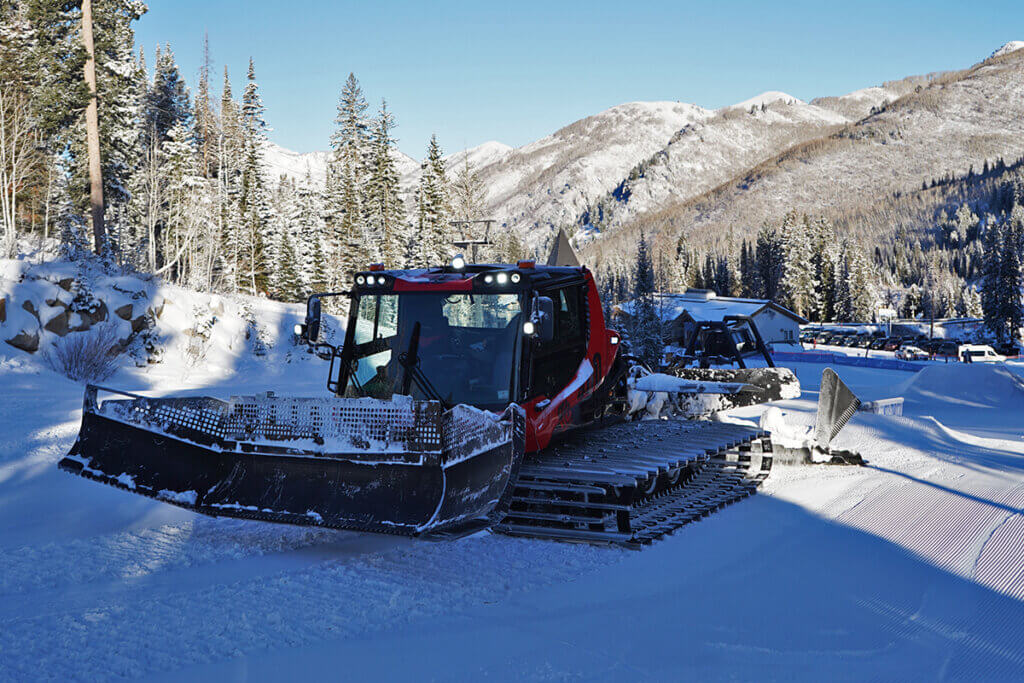
“The grooming is inconsistent and inadequate.”
Utah’s famously light snow, while ideal for skiing and snowboarding, does not provide a particularly sturdy base for groomers. As such, when the snowpack is thin, these heavy machines can easily expose rocks and dirt, preventing us from grooming runs that hold only natural snow. On the other hand, manmade snow is more durable and firm than natural snow and can be groomed more frequently. We do not avoid grooming to reduce costs or preserve equipment. Rather, at times, the snow surface can be better maintained without putting a groomer on it.
